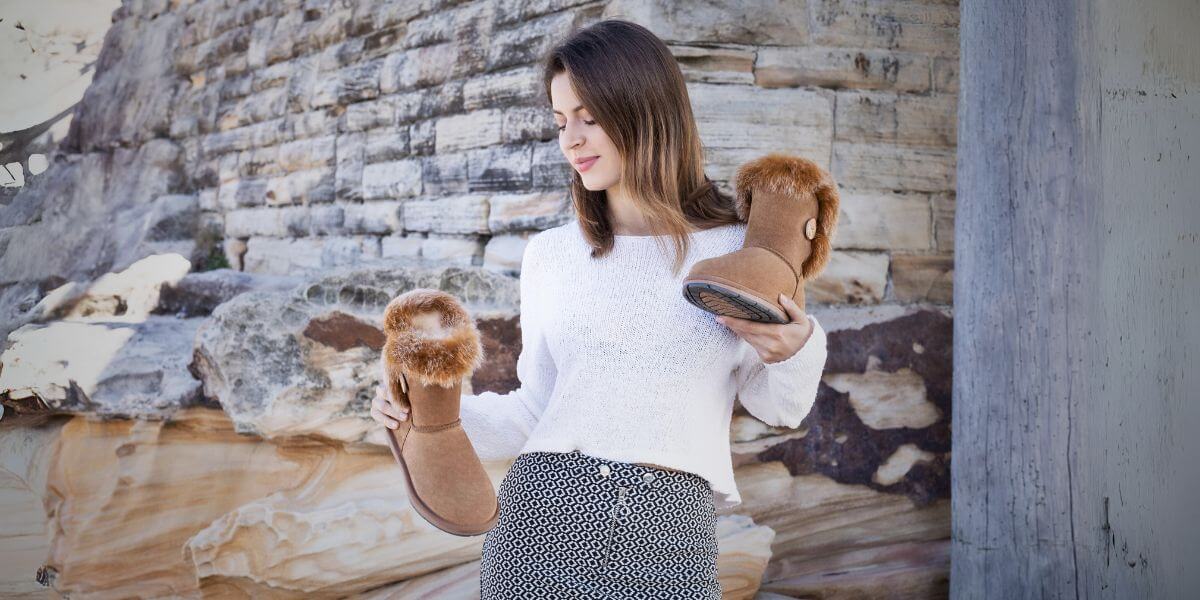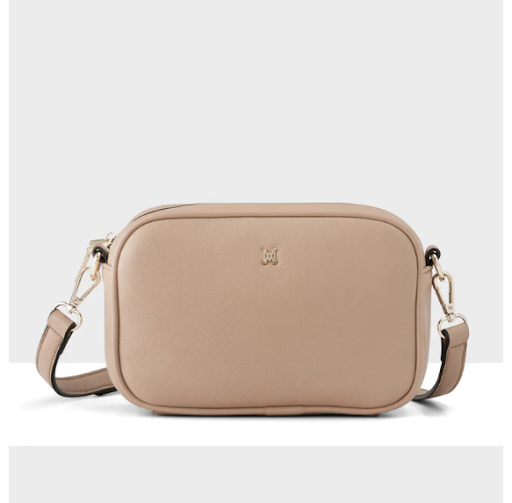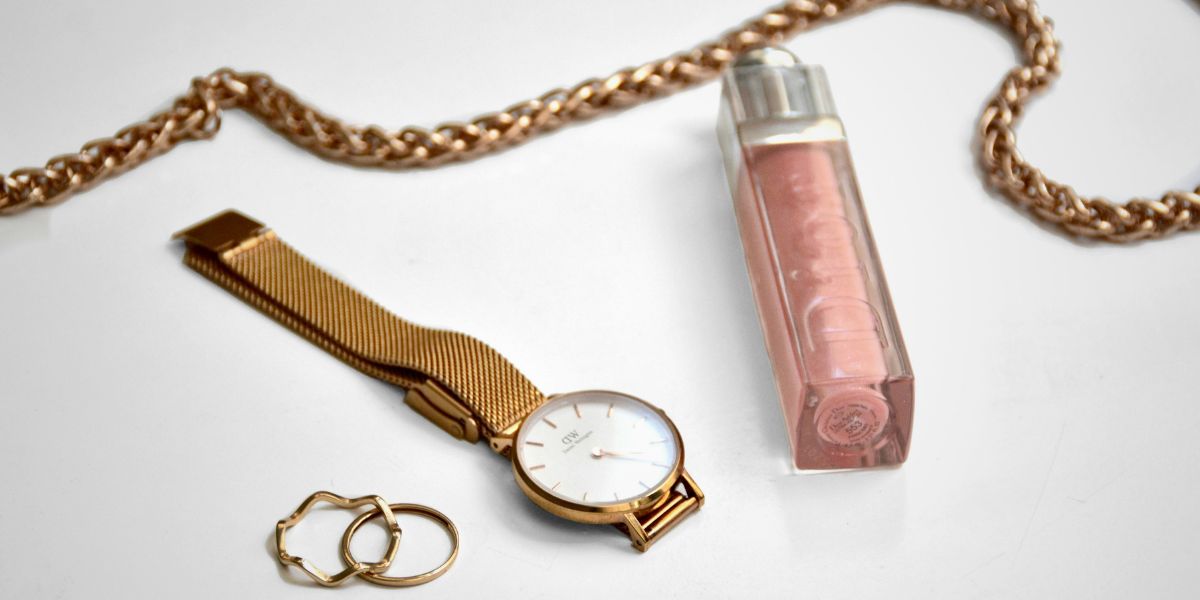Spring in Australia is that in-between season where mornings can feel crisp, midday turns pleasantly warm, and late afternoons invite a light breeze that sometimes brings a quick shower. Dressing well isn’t just about style here. it’s about what to wear in Australia ,so you stay comfortable as conditions shift. This expanded guide goes beyond simple outfit lists to explain why certain fabrics, cuts, and accessories work best, how to build capsule looks for different regions, and what to pack for real scenarios like a day that starts with a coastal walk and ends with dinner in the laneways.
Spring Weather, Explained (So Your Layers Make Sense)
Australia is sizable, and spring doesn’t feel identical from Hobart to Cairns. On the east coast (Sydney and surrounds), ocean breezes moderate the temperature, but a southerly change can roll in with cooler air and light rain. Melbourne, famous for oscillating conditions, can swing from a 10°C morning to a 22–24°C afternoon—layering isn’t optional; it’s strategy. Brisbane and the Gold Coast feel warmer and more humid; lightweight, breathable clothing shines here. Perth tends toward sunny and dry, comfortable by day and cooler by night. Tasmania and parts of South Australia skew cooler overall with crisp evenings. Understanding these patterns isn’t trivia—it directly informs fabric weight, sleeve length, and whether you’ll appreciate a packable windbreaker in your tote.
The Fabric Science of Staying Comfortable
Spring comfort is about breathability, moisture management, and weight. Natural fibers like cotton, linen, and bamboo viscose allow air to circulate and sweat to evaporate. Merino wool (lightweight 150–200 gsm) is a spring MVP: it insulates when you’re cool, releases heat when you’re warm, resists odors, and layers under a blazer or jacket without bulk. Avoid heavy synthetic blends that trap heat and feel clammy in humid cities; if you choose performance synthetics, look for mesh panels, venting, and moisture-wicking finishes. For denim, spring calls for lighter weights (10–11 oz) or cotton blends that flex.
The Layering System (Base–Mid–Shell) That Works Everywhere
Think in layers rather than single “perfect” pieces:
- Base layer: A breathable tee, tank, or linen/cotton button-down that feels good next to skin and dries fast if a shower hits.
- Mid layer: A light knit, cardigan, or unstructured blazer that adds polish and warmth without trapping heat.
- Shell: A packable windbreaker or light rain jacket (DWR finish helps) to handle gusts and passing showers.
The art is in proportion: a floaty midi dress with a cropped denim jacket creates balance; slim chinos pair well with a relaxed linen shirt. Keep the mid layer thin and flexible so you aren’t stuck carrying bulky items by noon.
Women’s Spring Wardrobe: Elevated Ease With Practical Detail
Dresses & Skirts (and why they’re ideal): Midis and maxis in linen or cotton poplin skim the body, move with the breeze, and give ventilation without constant outfit fussing. A-line cuts flatter and allow for easy walking on hilly coastal paths. Print-wise, muted florals, stripes, and pastels echo the season without looking costume-y. Pack a light belt to define the waist and change the look from day to dinner.
Tops & Layering: A rotation of linen shirts, soft cotton tees, and lightweight knits covers fluctuating temps. A cropped cardigan or short trench keeps outfits sharp. For smart-casual dinners, an unstructured blazer over a cami and wide-leg trousers is dressy without being formal.
Bottoms: High-waist jeans in a lighter wash or wide-leg linen trousers feel spring-appropriate and breathable. Cropped chinos expose the ankle and visually lighten the outfit—pair with loafers or low block heels.
Footwear: White leather or canvas sneakers handle long urban walks; flat sandals/espadrilles take you from esplanade to café; ankle boots with a low heel offer nighttime warmth and polish. If beaches are on the plan, throw in thongs (flip-flops)—they’re genuinely practical and culturally ubiquitous.
Accessories that pull it together: A light scarf adds warmth on ferries and trains, a structured crossbody secures essentials, and sunglasses + SPF 30+ are non-negotiable in Australian UV.
Men’s Spring Wardrobe: Relaxed Tailoring With Coastal Practicality
Shirts & Tees: Linen or linen-cotton shirts in white, stone, or sky blue breathe and dress up or down easily. Add short-sleeve button-ups with subtle patterns for warmer days. Classic cotton tees in neutral tones slot under a jacket without bulk.
Trousers & Shorts: Chinos in sand, navy, or olive are the backbone of smart-casual dressing; lightweight denim works for cooler locales; linen or cotton shorts suit the subtropics. Aim for a tapered or straight fit that doesn’t cling in humidity but avoids excess fabric.
Outer layers: A light bomber or denim jacket covers cool mornings; a thin merino crew slides under a blazer at night. Keep a packable windbreaker handy for coastal walks and surprise showers.
Footwear: Canvas or leather sneakers for daylong comfort; desert boots or loafers for evenings; thongs for beach towns. If you plan bushwalks, bring supportive trail shoes rather than fashion trainers.
Regional Capsules: Dress Like You Knew the Forecast
Sydney (Harbour breezes, occasional drizzle): Smart-casual dominates. Women: a midi dress + denim jacket + sneakers carries you from ferry to lunch; men: navy chinos + linen shirt + light trench looks right at home. Pack a compact umbrella—showers can pass quickly.
Melbourne (micro-climates, fashion-forward): Black and neutrals, lots of layers. Women: wide-leg trousers + fine knit + oversized blazer; men: tapered chinos + merino knit + utility jacket. A scarf earns its space year-round.
Brisbane/Gold Coast (warmer, humid): Prioritize airflow. Women: linen shorts + sleeveless blouse + sandals; men: lightweight shorts + short-sleeve button-up. Natural fibers feel better against skin when humidity rises.
Perth (sunny, dry): Sun protection is crucial. Wide-brim hat, UV sunglasses, and light cotton layers go everywhere. Evenings can cool—bring a light knit.
Tasmania/Adelaide (cooler overall): Pack light knits, a trench or rain shell, and water-resistant shoes. Layers matter if you’re touring wineries or coastal lookouts with wind exposure.
Activity-Based Outfit Playbook (Realistic, From Dawn to Dusk)
City Day (sightseeing + gallery + dinner): Morning chill? Start with a tee or blouse, add a cardigan and light jacket. Midday warmth? Stow the jacket; switch to sunglasses and a crossbody. Dinner upgrade? Women: swap sneakers for low heels; men: add a casual blazer over a crisp shirt.
Beach & Coastal Walks: Over swimwear, wear a linen shirt or kaftan, relaxed shorts, and thongs. For a clifftop path, switch to supportive sneakers, toss a packable windbreaker in your bag (wind channels can amplify chill).
Bushwalk/Hike: Choose a moisture-wicking tee, quick-dry pants, and trail shoes with grip. A light merino layer beats cotton when temps dip; a cap/hat, sunscreen, and reusable bottle are essentials.
Evening Out (laneways, wine bars, casual fine-dining): Women: slip or midi dress with a cropped jacket; men: chinos + linen or OCBD shirt with loafers or clean sneakers. Keep jewelry and belts understated—Australian style leans effortless.
The Spring Capsule (Pack Less, Wear More)
Build around a cohesive palette: creams, sand, navy, olive, and a spring accent (sky blue or blush). Choose silhouettes that mix easily.
Women (10–12 pieces): 2 dresses (midi or maxi), 2 trousers (linen wide-leg + light denim), 1 skirt, 3 tops (linen shirt, tee, knit), 1 cardigan, 1 light jacket (denim or trench), 1 rain shell, 2 shoes (sneakers + sandals) + ankle boots.
Men (10–12 pieces): 2 trousers (chinos + lightweight denim), 1–2 shorts, 3 shirts (linen long-sleeve + short-sleeve + OCBD), 2 tees, 1 knit (merino), 1 casual jacket, 1 packable shell, 2 shoes (sneakers + loafers/desert boots) + thongs if beach cities are on the list.
This gets you a week or more of unique looks without overpacking.
Color & Print Strategy (Why It Matters)
Spring light in Australia is bright; muted neutrals photograph well and are easier to match. Use one print anchor (a floral dress or striped shirt) and keep other items solid to avoid visual noise. Denim works as a textural neutral; ecru or light wash reads fresher than deep indigo in spring.
Sun, Skin, and Comfort: The Practicalities Most Guides Skip
UV levels can be high even when temperatures are mild. Wear SPF 30+, reapply every few hours outdoors, and consider mineral SPF lip balm. A wide-brim hat protects forehead, ears, and neck far better than a cap. If you’re sensitive to sun, a light UPF shirt or linen overshirt becomes a stylish shield.
Foot comfort matters if you’re walking 15,000 steps: choose supportive insoles, break in shoes before long days, and pack thin merino socks (they breathe, resist odor, and reduce blisters). For humid locales, avoid thick cotton socks that hold moisture.
Fit & Tailoring (The 5% That Changes Everything)
Spring outfits often involve lighter fabrics that show shape. A simple hem on trousers, sleeve shortening on a blazer, or waist nip on a dress transforms how polished you look without making anything “formal.” In warm cities, a slightly roomier cut increases airflow and comfort.
Care on the Go (So Your Capsule Stays Crisp)
Choose wrinkle-resistant weaves (linen-blends, TENCEL lyocell, or merino) so you don’t need an iron. A travel steamer or even a hot shower + steam hang trick releases creases. Spot-clean with a small fabric-safe solution; rotate footwear so cushioning rebounds and shoes air out.
Packing List (Spring Edition, With Justification)
- 2–3 breathable tops (tees, linen shirts): rotate for different temps.
- 1–2 light knits (merino or cotton): thin warmth, easy to layer.
- 1 smart jacket (denim, utility, or unstructured blazer): polish without weight.
- 1 packable shell (wind/rain): the just-in-case that you’ll actually use.
- 2 bottoms (chinos/linen trousers + light denim): covers casual to smart.
- 1–2 dresses/skirts (women) or shorts (men) for warmer regions.
- Sneakers + sandals/loafers + optional ankle/desert boots: all-day comfort and evening upgrade.
- Sunglasses, hat, scarf: function + style; the scarf earns its keep on ferries and flights.
- Sunscreen, lip balm, reusable bottle: essentials in any Australian season.
Common Spring Packing Mistakes (And How to Avoid Them)
Over-indexing on heavy denim or thick sweaters: You’ll overheat by midday. Swap for light denim + merino.
No rain layer: Even brief showers can drench a cotton jacket. Bring the packable shell.
Too many statement pieces: They don’t mix; you’ll feel “stuck.” Anchor with neutrals and add one or two prints.
Ignoring footwear support: Style is pointless if your feet hurt. Choose well-cushioned, broken-in pairs.
Example Day Plans With Outfit Formulas
Harbourside Sydney (ferry + museum + dinner):
Women: linen midi dress + cropped denim jacket + white sneakers (switch to block heels at night) + crossbody + sunglasses.
Men: navy chinos + linen shirt + light trench in tote + leather sneakers (loafers for dinner).
Melbourne (coffee crawl + gallery + rooftop):
Women: wide-leg trousers + fine-gauge knit + oversized blazer + ankle boots + scarf.
Men: tapered chinos + merino crew over tee + utility jacket + clean sneakers; scarf if breeze picks up.
Brisbane/Gold Coast (boardwalk + beach + riverside bar):
Women: linen shorts + sleeveless blouse + sandals + sun hat + light shirt as cover-up.
Men: lightweight shorts + short-sleeve button-up + canvas sneakers + cap; thongs for beach hours.
Sustainable & Local Choices (Feel Good, Look Good)
Australian brands increasingly prioritize ethical production and quality fibers. Linen and organic cotton staples minimize microplastic shedding and last longer. Buying fewer, better pieces that mix well reduces luggage and waste. Seek out repair services or bring a small mending kit (fallen button, quick stitch) to extend wear during travel.
Dress Codes & Culture: How “Smart-Casual” Works Here
Outside of business and formal events, Australians favor relaxed, unfussy looks. A polished sneaker with chinos and a linen shirt is absolutely acceptable in many restaurants. Overly formal attire can feel out of place; aim for clean lines, good fit, and breathable fabrics rather than shine or stiffness.
Bottom Line: Build for Flexibility, Not Forecasts
The smartest way to dress for Australian spring is to engineer flexibility: breathable base layers, a thin mid layer that adds polish, and a weather-ready shell you can deploy at a moment’s notice. Choose natural fibers, keep a cohesive color story, and pack footwear you can actually walk in. Whether you’re catching a Manly ferry, exploring Melbourne’s laneways, hiking a coastal track, or toasting sunset in Fremantle, your wardrobe should move with your day—not make you plan around it.
If you’re updating your spring wardrobe, explore Peroz Australia’s curated collection of timeless accessories and everyday essentials — designed to pair perfectly with any look this season.





